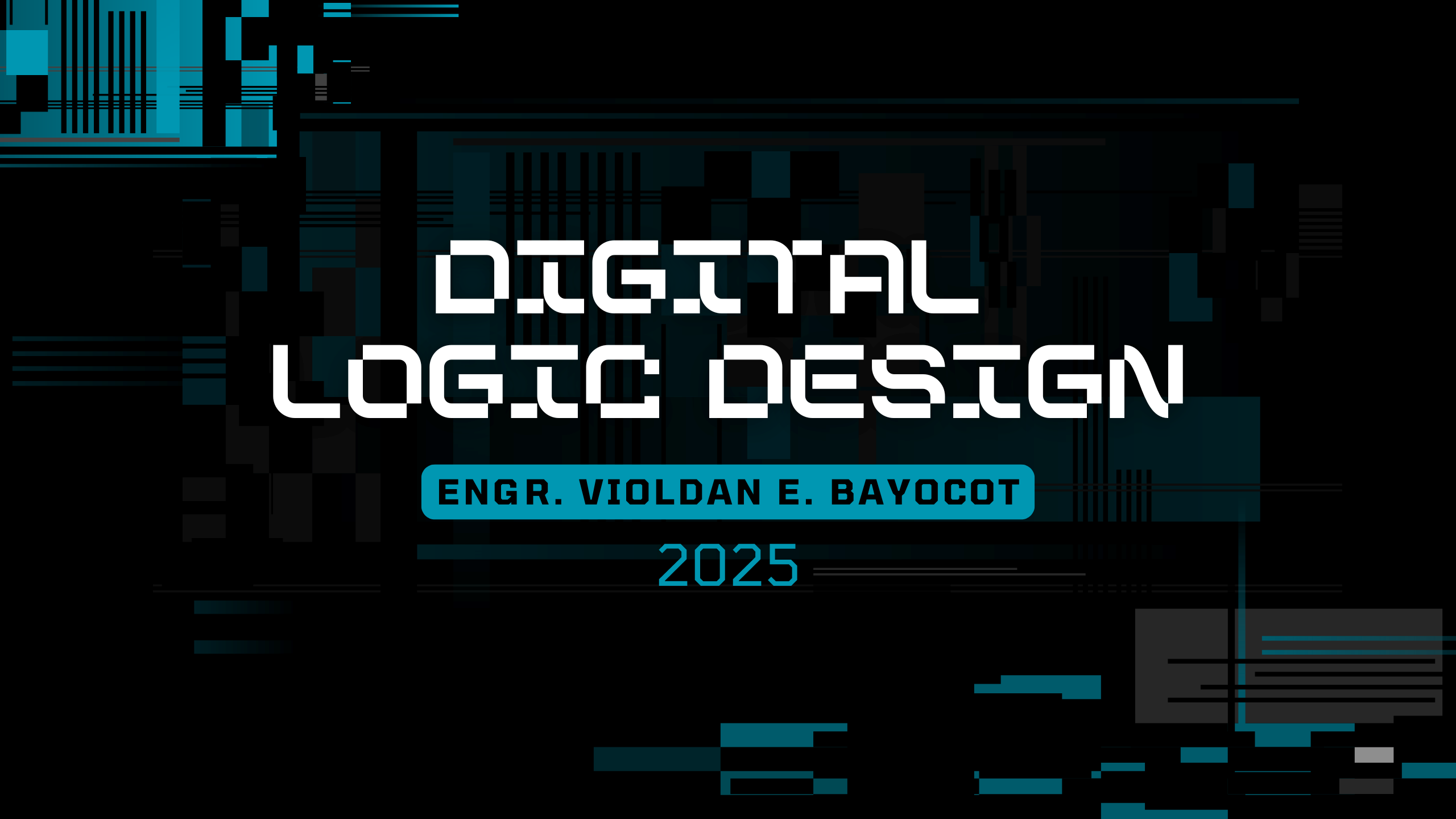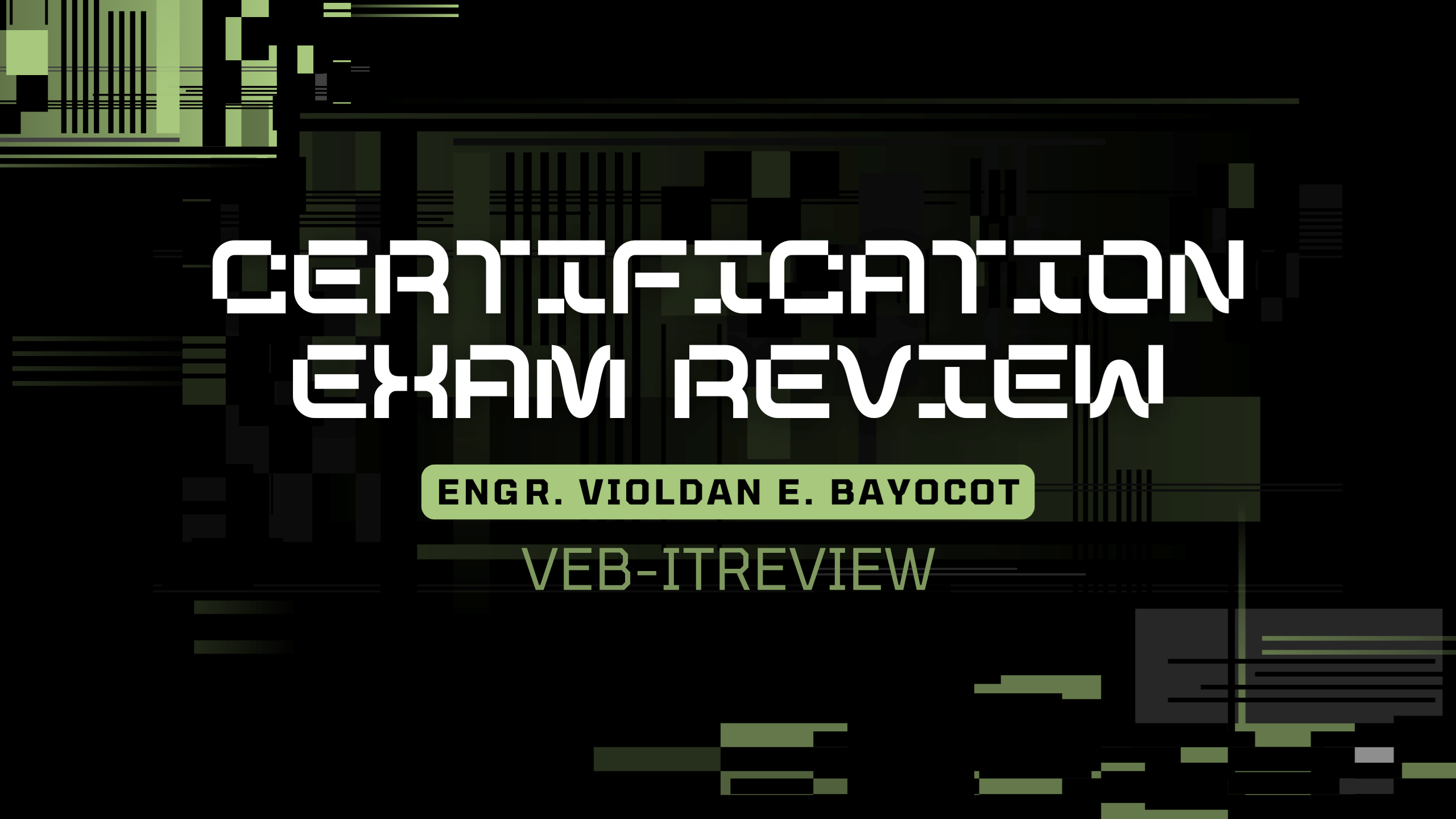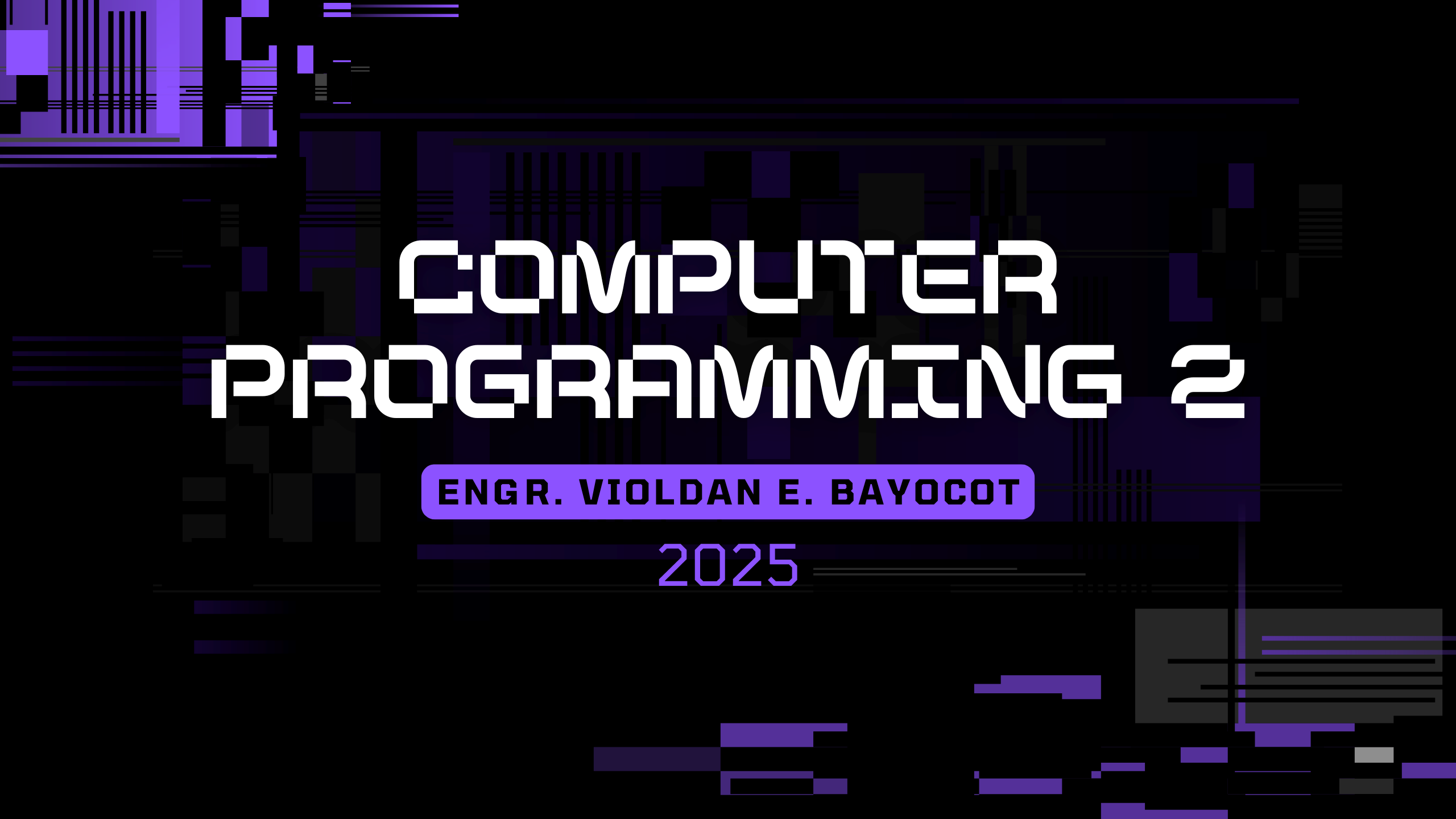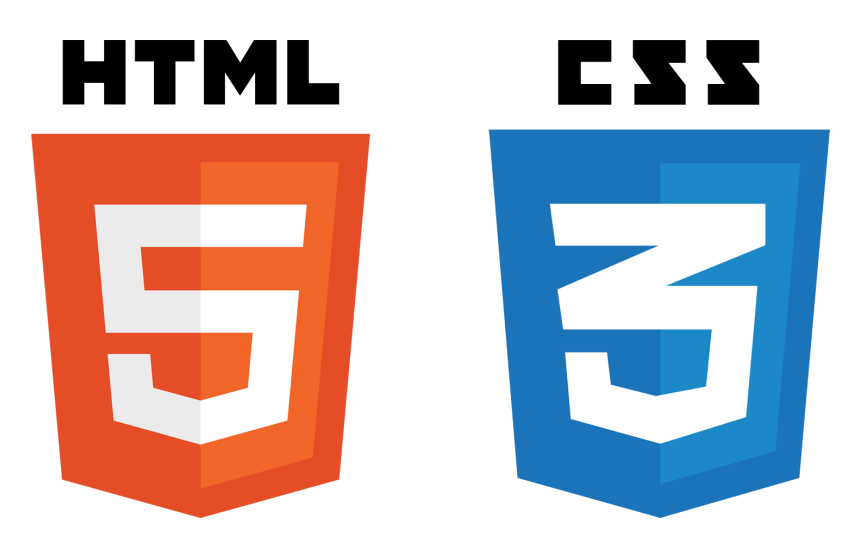Search results: 343
Welcome to Digital Logic Design (DIGITAL)!
This course introduces you to the fundamental principles of digital logic, which serve as the building blocks of modern computing systems. Throughout the semester, you will explore number systems, Boolean algebra, logic gates, and circuit design techniques to develop a deeper understanding of how digital hardware functions.
Through hands-on activities and practical applications, you will learn how to simplify logic expressions, design combinational and sequential circuits, and implement digital solutions using basic electronic components and simulation tools.
By the end of this course, you will have gained the foundational skills necessary to analyze, design, and troubleshoot digital circuits—an essential step toward understanding computer architecture and embedded systems.

- Teacher: Violdan Bayocot
Welcome to CERTIFICATION EXAM REVIEW (IT REVIEW)
This course is designed to help you prepare for the TOPCIT (Test of Practical Competency in ICT) examination. It brings together all the essential knowledge areas covered by the official TOPCIT framework, ensuring that you gain both the theoretical understanding and the practical problem-solving skills needed to succeed.
Throughout the course, you will review core areas such as IT knowledge, business understanding, technology problem-solving, and communication skills. The content is directly aligned with the official TOPCIT reviewer materials, making sure that your preparation is structured and reliable.
You will engage with practice questions, topic reviews, and exam-style exercises that reflect the actual test format. This mix of concept reinforcement and problem-based learning will help you build confidence and sharpen your ability to apply knowledge under exam conditions.
By the end of this course, you will be equipped with the skills and strategies necessary to approach the TOPCIT exam with confidence and achieve a strong performance that reflects your ICT competencies.

- Teacher: Violdan Bayocot
Welcome to Data Communications and Networking 1 (NET1)!
This course introduces you to the essential concepts, technologies, and architectures that make modern computer networks possible. You will explore how data is transmitted from one device to another, how communication protocols enable interoperability, and how network infrastructures are designed, configured, and managed to support digital connectivity in the real world.
Throughout the semester, you will study the fundamentals of data communication—signals, transmission methods, and network topologies—as well as the core principles behind the OSI and TCP/IP models. You will also learn about key networking devices such as switches, routers, and servers, and gain hands-on experience in building and troubleshooting local area networks (LANs).
The course emphasizes both theory and practice. You will design and assemble network cables, implement peer-to-peer and VLAN configurations, and apply IP addressing and subnetting schemes. Through guided activities and simulations, you will understand not just how networks function, but why design choices matter in creating efficient, secure, and scalable systems.
By the end of this course, you will be able to identify and describe how each OSI layer supports communication, design and implement small-scale networks, analyze connectivity issues, and apply subnetting techniques to organize and manage network segments effectively—preparing you for advanced networking topics such as routing, switching, and network security.

- Teacher: Violdan Bayocot
Welcome to Operating Systems (OS)!
This course offers an in-depth introduction to the essential concepts and principles that govern modern operating systems. Throughout the semester, you will explore how operating systems manage hardware and software resources, enable process coordination, and provide a stable and efficient environment for user interaction and program execution.
You will engage with key topics such as process management, memory management, CPU scheduling, synchronization, deadlocks, and virtual machines. The course combines theoretical discussions with hands-on programming exercises using Python, virtual machine installations, and system simulations to solidify your understanding.
By the end of this course, you will be able to analyze operating system design choices, evaluate algorithm strategies, and confidently install and manipulate operating systems in virtualized environments—paving the way for deeper studies in system administration, computer architecture, and advanced computing.
- Teacher: Violdan Bayocot
Welcome to Computer Programming 2 (PROG 2)!
This advanced course builds upon the foundational knowledge from Computer Programming 1, focusing on deepening your understanding of procedural programming using the C language. Over the semester, you’ll explore advanced concepts such as user-defined functions, multi-dimensional arrays, pointers, strings, and structs, while learning how to apply principles of modular programming and data abstraction.
Through hands-on activities and practical projects, you’ll refine your ability to design efficient programs, debug complex issues, and optimize code for performance.
By the end of this course, you will have developed the skills to create modular, maintainable programs and tackle more complex computing problems in future programming courses.

- Teacher: Violdan Bayocot
- Teacher: Khiara Rubia
- Teacher: JOVELYN CUIZON
- Teacher: JOVELYN CUIZON
- Teacher: JOVELYN CUIZON
- Teacher: MARISA BUCTUANON
- Teacher: JOVELYN CUIZON
- Teacher: MARISA BUCTUANON
- Teacher: JOVELYN CUIZON
- Teacher: JOVELYN CUIZON
- Teacher: GENE ABELLO

